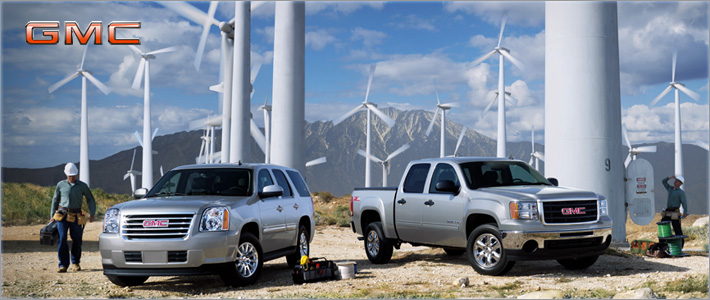
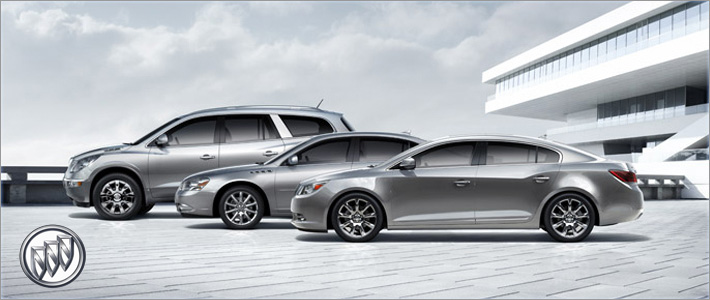
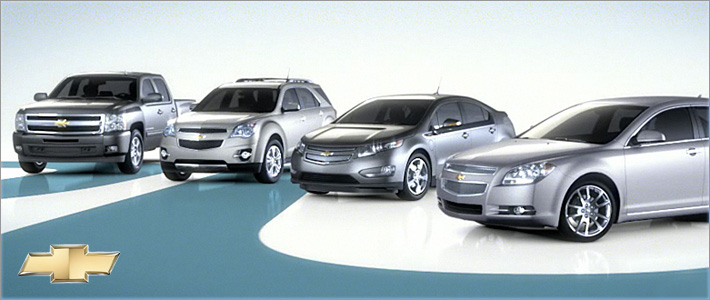
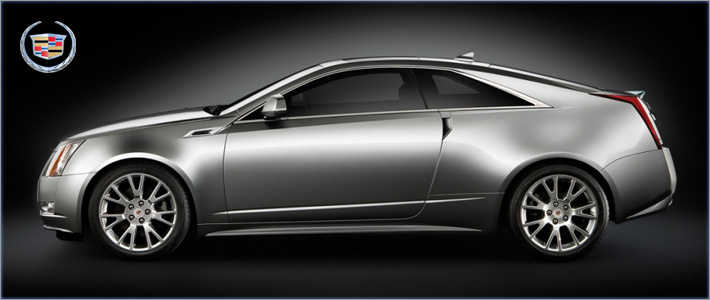
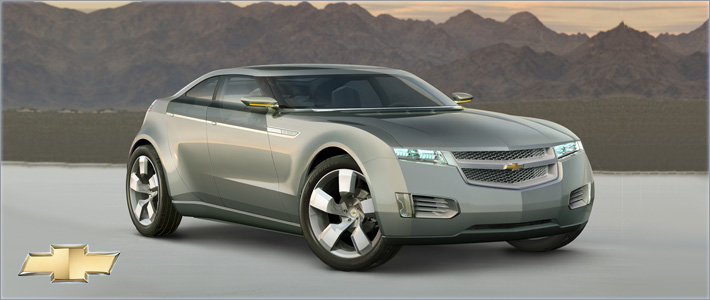
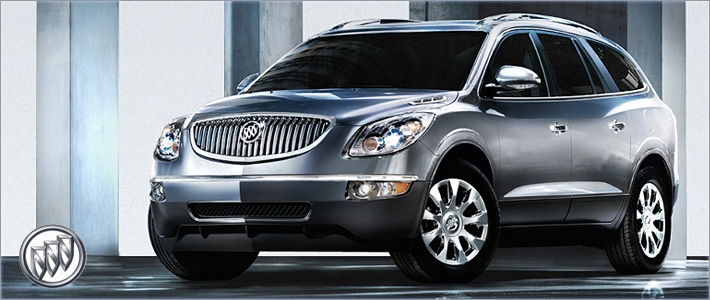
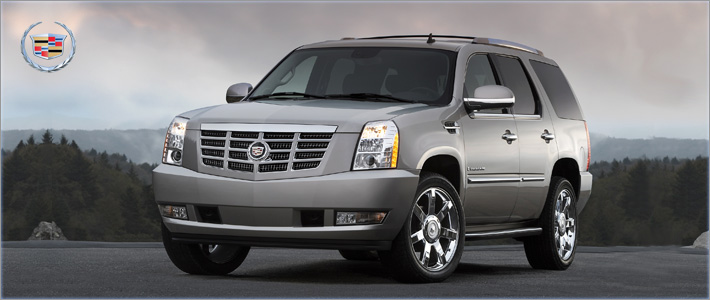
Oldsmobile Aurora - The Power of General Motors
 The Merriam-Webster Dictionary defines an aurora as a "luminous phenomenon that consists of light appearing in the upper atmosphere." General Motors' Oldsmobile division chose to define it in their own way in 1995 with an all-new flagship model slotting in above the 98 Regency Elite and bringing V8 power back to the Olds line-up for the first time since the full-size Custom Cruiser station wagon of 1990. Of course, the Aurora took a much different approach to the formula, offering that V8 in a sleek front-wheel-drive sedan instead of a boxy rear-wheel-drive wagon.
The Merriam-Webster Dictionary defines an aurora as a "luminous phenomenon that consists of light appearing in the upper atmosphere." General Motors' Oldsmobile division chose to define it in their own way in 1995 with an all-new flagship model slotting in above the 98 Regency Elite and bringing V8 power back to the Olds line-up for the first time since the full-size Custom Cruiser station wagon of 1990. Of course, the Aurora took a much different approach to the formula, offering that V8 in a sleek front-wheel-drive sedan instead of a boxy rear-wheel-drive wagon.
The Aurora was Oldsmobile's near-luxury import fighter, and on paper it looked good: the 4.0-litre V8 put out 250 horsepower through a standard four-speed automatic transmission. For 1995, the optional powerplant was a supercharged version of GM's venerable 3.8-litre V6. Not surprisingly, that option disappeared in 1996. Braking was handled by four-wheel-discs with standard ABS; traction control was also standard. Little changed for the rest of the first-generation's production run, which lasted until 1999. There was no 2000 model, but 2001 brought a redesigned Aurora with two trim levels and two engines: a 215-horsepower, 3.5-litre V6 and the same 4.0-litre V8 that powered the first-generation car. The engines and the prices of the cars they were installed in were the main differences between the two trims. Both got the same safety equipment:
 ABS and traction control were again standard Oldsmobile Aurora Accessories, and side airbags became a standard feature too. Where all first-generation cars had 16-inch alloy wheels, only V6 versions of the second-generation car used 16-inchers, while V8 cars got 17-inchers. For 2003, the V6 engine was dropped from the line-up. Natural Resources Canada gave first-generation Auroras fuel consumption ratings of about 14 L/100 km in the city and about 8.5 L/100 km on the highway. Those ratings didn't change much for second-generation cars, as V6 models used a little more than 13 L/100 km in the city and just over 8 L/100 km on the highway. A V8 Aurora used little more fuel, with ratings of about 13.5 L/100 km in the city and 8.5 L/100 km on the highway.
ABS and traction control were again standard Oldsmobile Aurora Accessories, and side airbags became a standard feature too. Where all first-generation cars had 16-inch alloy wheels, only V6 versions of the second-generation car used 16-inchers, while V8 cars got 17-inchers. For 2003, the V6 engine was dropped from the line-up. Natural Resources Canada gave first-generation Auroras fuel consumption ratings of about 14 L/100 km in the city and about 8.5 L/100 km on the highway. Those ratings didn't change much for second-generation cars, as V6 models used a little more than 13 L/100 km in the city and just over 8 L/100 km on the highway. A V8 Aurora used little more fuel, with ratings of about 13.5 L/100 km in the city and 8.5 L/100 km on the highway.
In U.S. National Highway Traffic Safety Administration crash tests, first generation Auroras earned three stars each for driver and front passenger protection in front impacts, but side impact tests weren't done. Second-generation cars earned double four stars in front impacts and three stars and four stars respectively for front and rear-seat occupant protection in side impacts.
 Ask Consumer Reports and the magazine will tell you to avoid first-generation Auroras and the litany of problems that come with them. CR cites engines, electrical components and air conditioning as the main problems areas. Newer Auroras fare better, but the suspension and electrical systems still sound alarm bells. Real-world opinions seem to bear that out, with many owners and members of car-related web forums reporting a love-hate relationship: they love how the cars drive, but hate having to make expensive repairs to these well-equipped but complicated cars. The Aurora's not alone in this, though - it's not uncommon for more complicated cars to suffer from reliability troubles as they age.
Ask Consumer Reports and the magazine will tell you to avoid first-generation Auroras and the litany of problems that come with them. CR cites engines, electrical components and air conditioning as the main problems areas. Newer Auroras fare better, but the suspension and electrical systems still sound alarm bells. Real-world opinions seem to bear that out, with many owners and members of car-related web forums reporting a love-hate relationship: they love how the cars drive, but hate having to make expensive repairs to these well-equipped but complicated cars. The Aurora's not alone in this, though - it's not uncommon for more complicated cars to suffer from reliability troubles as they age.
Like any domestic car, those low prices can make it easy for anyone to get behind the wheel of a near-luxury car like the Aurora, but along with those low prices come a buyer-beware situation. Don't cross these cars off your list, but be sure to get any prospective purchase checked out by a trusted mechanic and be prepared to foot the bill for expensive, out-of-warranty repairs to the Aurora's many electronic components. That said, the Aurora makes a good, low-priced used alternative to many comparable imports whose higher resale values mean they will cost much more to buy but can be just as expensive to maintain.